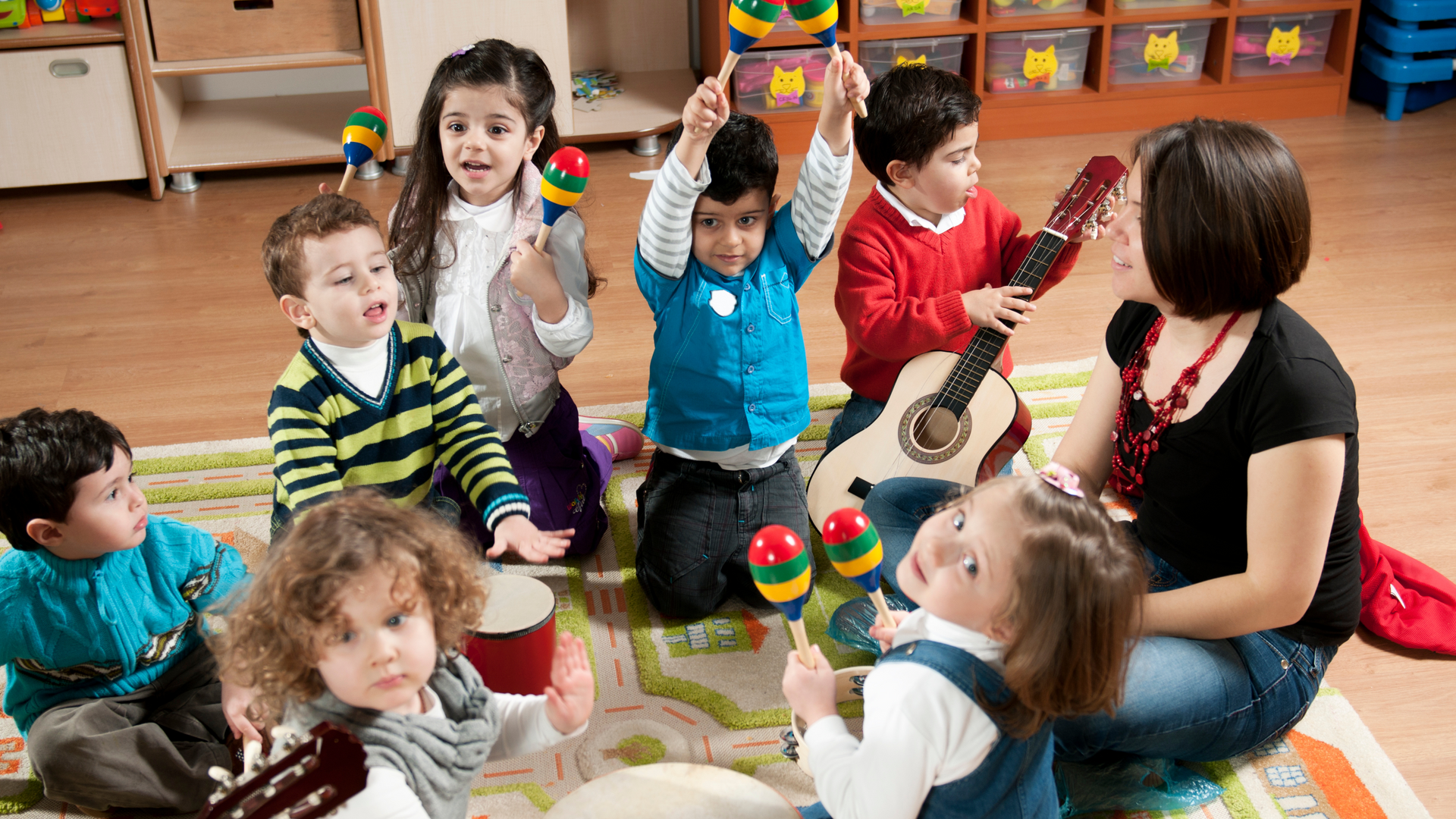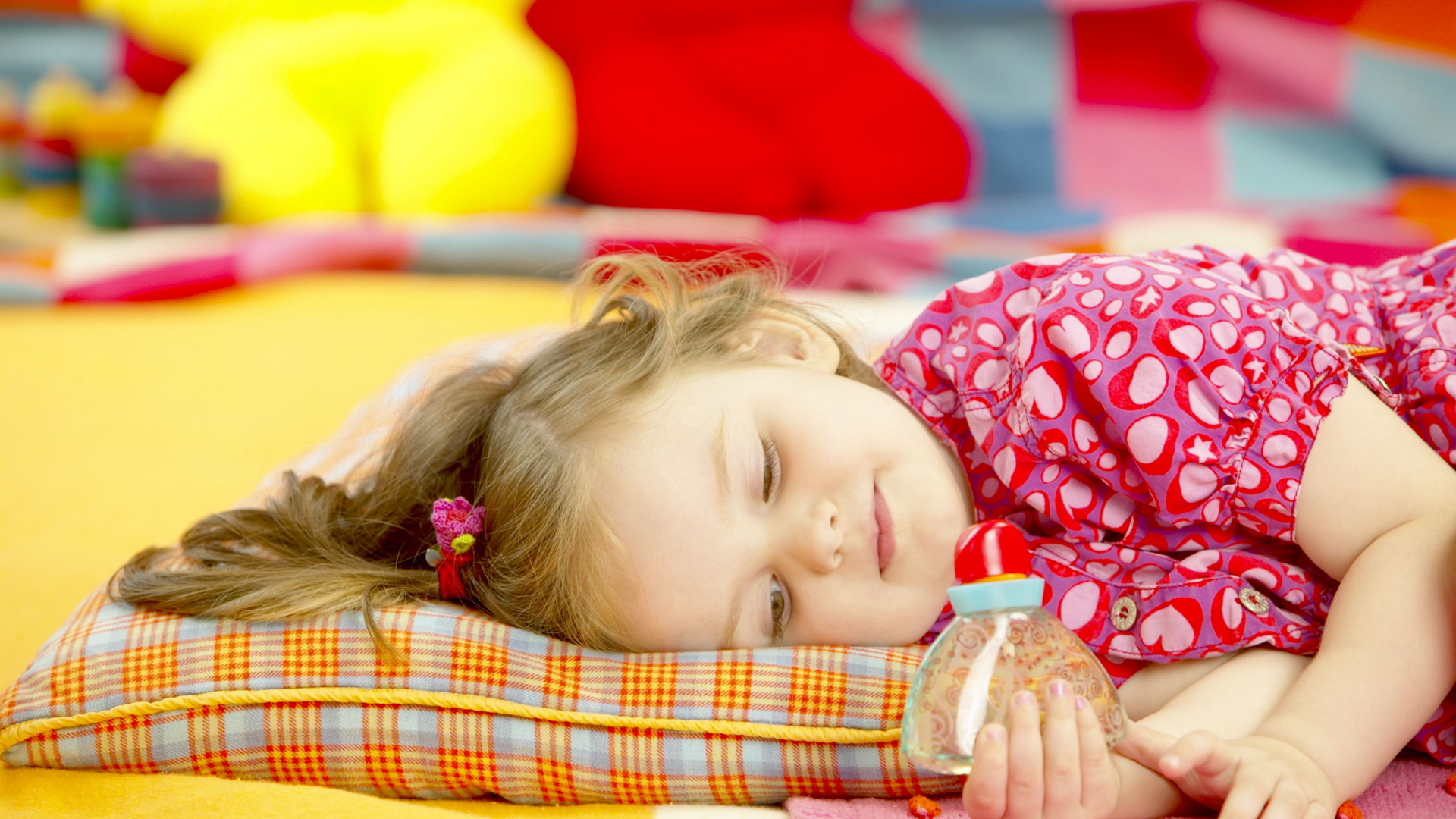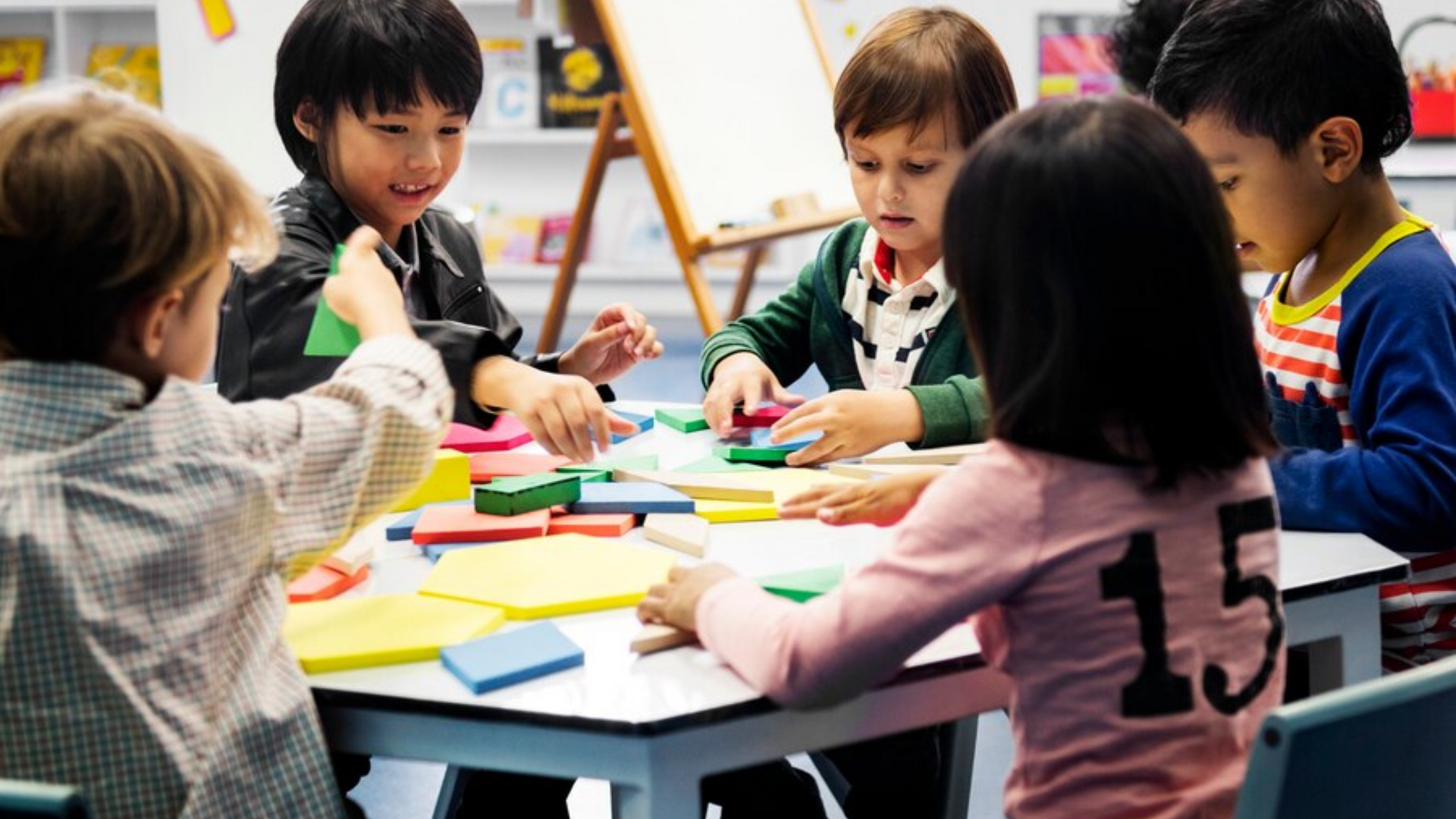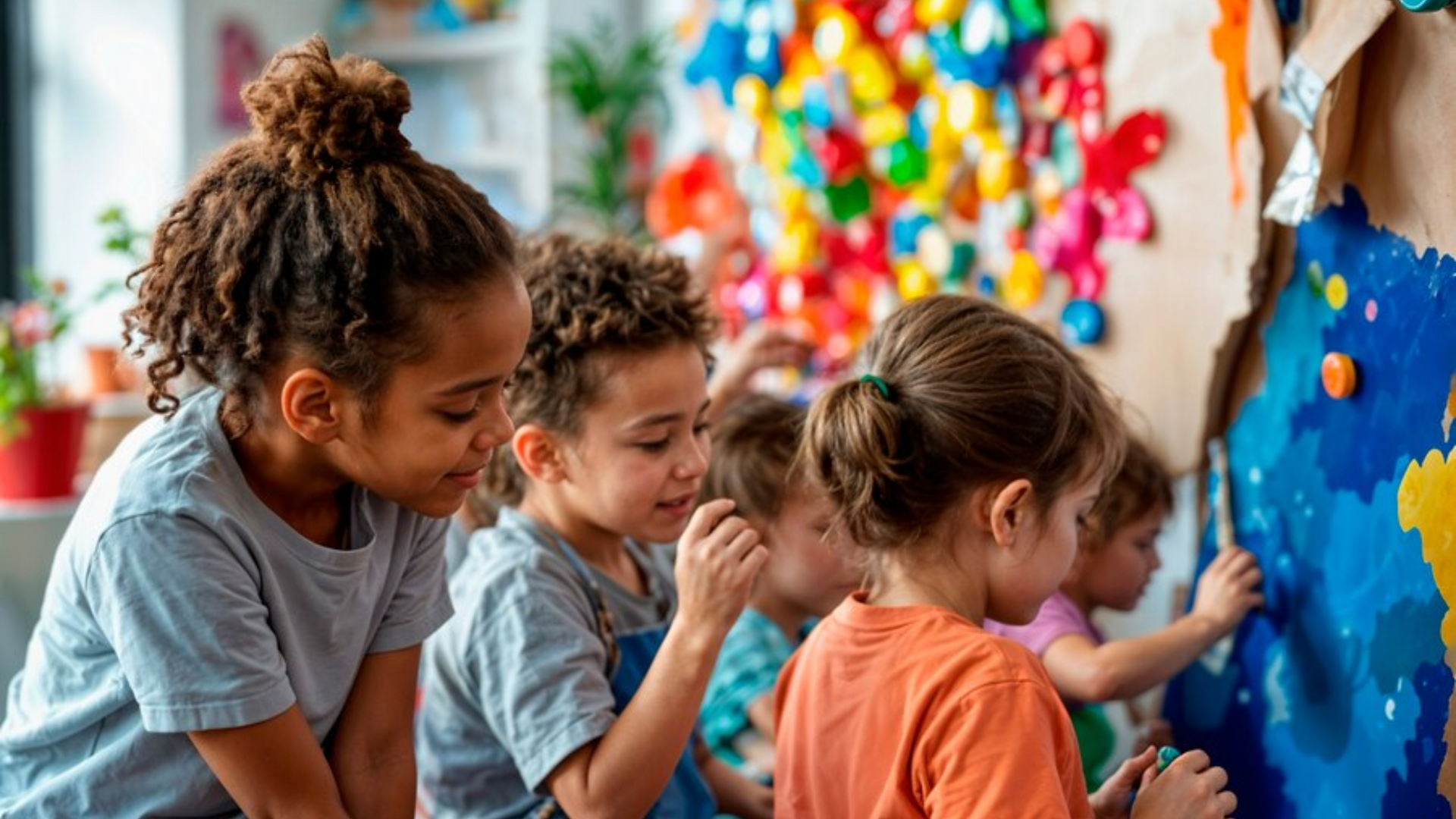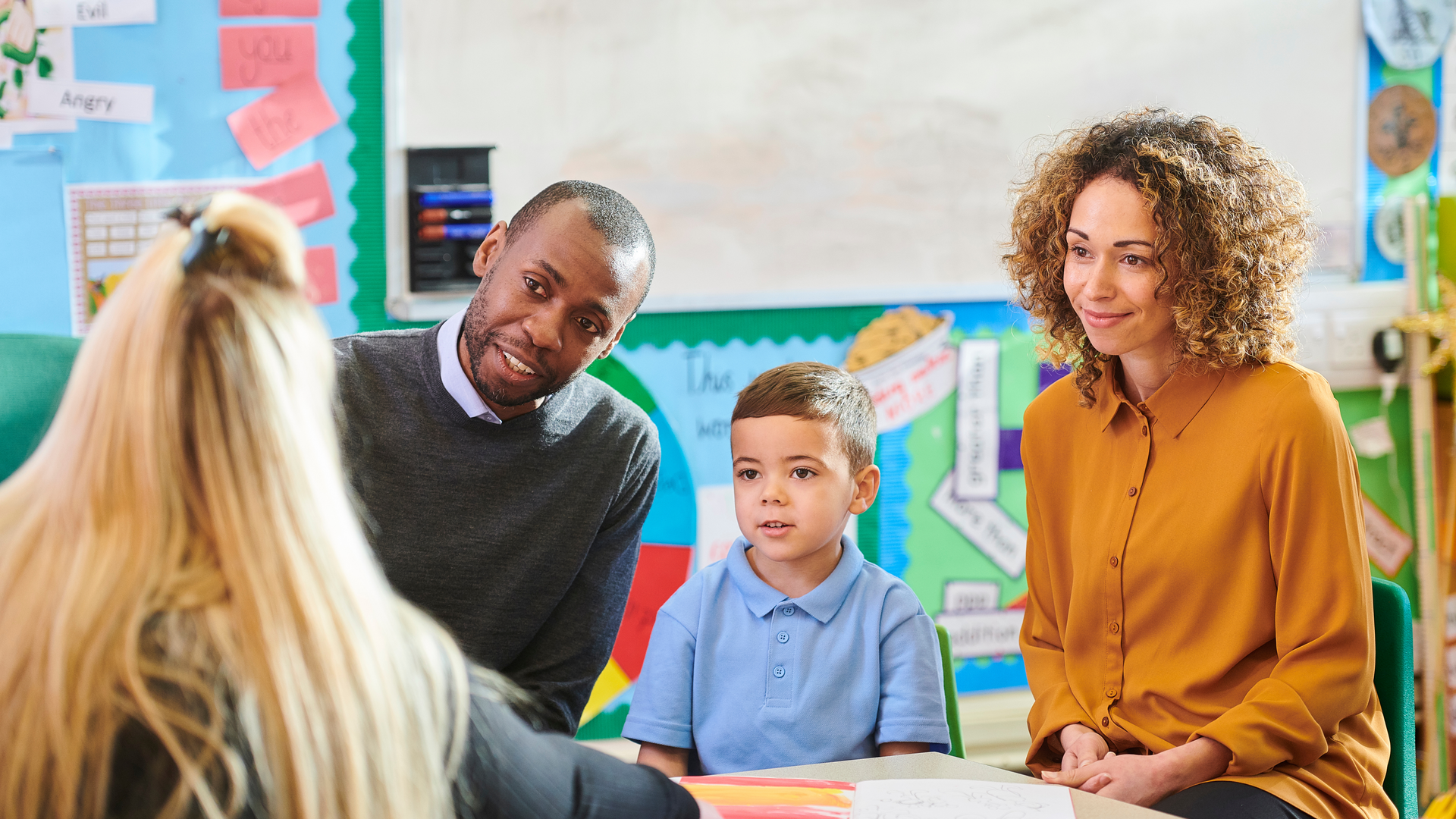Creating a Learning-Friendly Home Environment for Kids
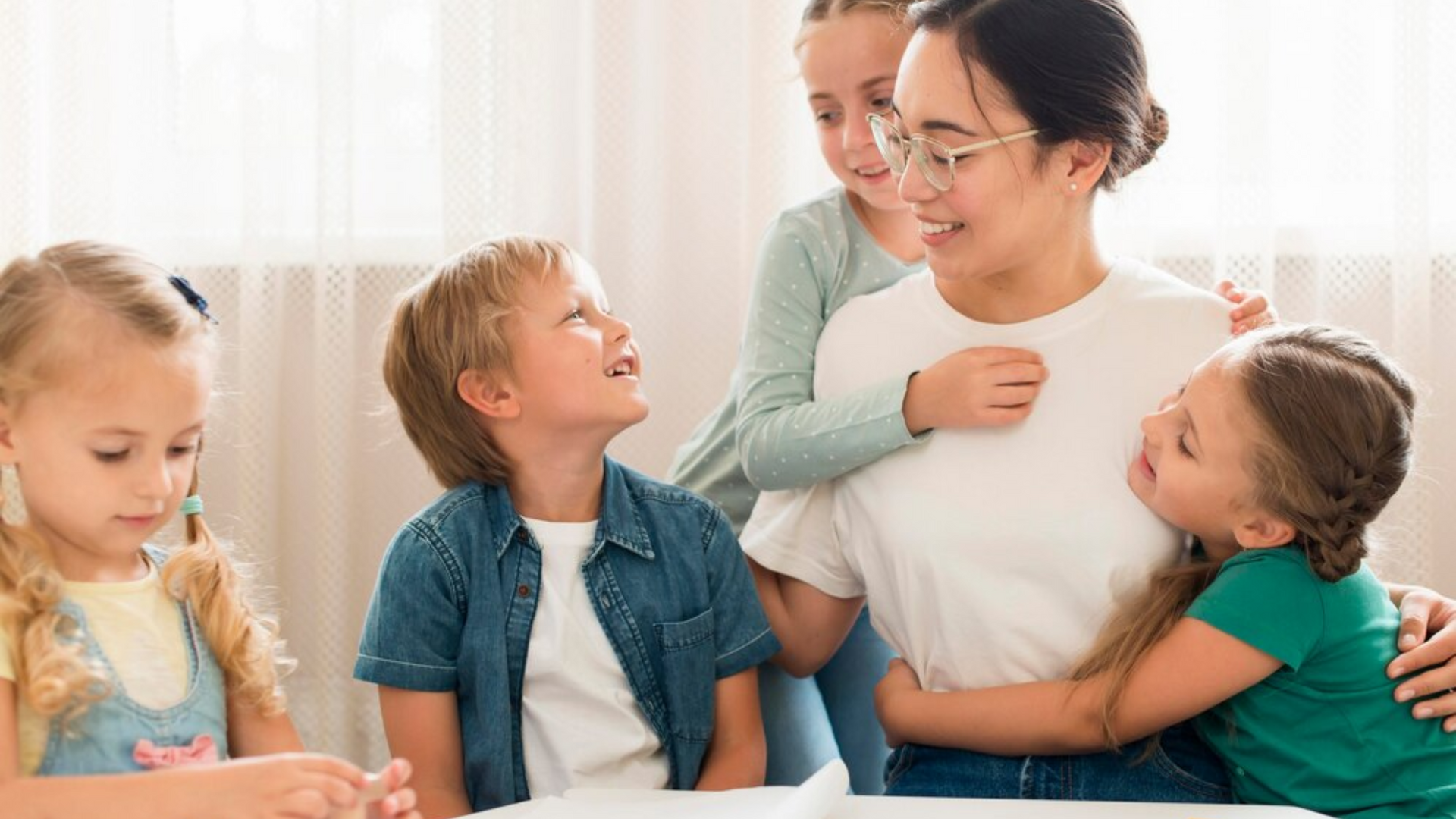
In the earliest years of a child’s life, learning doesn’t just happen in classrooms or preschools—it begins at home. A child’s home environment is their first classroom, and parents are their first teachers. While early childhood centers like EduKids Academy play a vital role in structured education, what happens at home forms the bedrock of a child’s lifelong love for learning.
But creating a “learning-friendly” home doesn’t mean turning your living room into a school or buying expensive educational toys. Instead, it means fostering an environment that encourages curiosity, creativity, and confidence. In this blog post, we’ll explore practical ways to build a home atmosphere that supports and enhances your child’s growth—emotionally, cognitively, and socially.
Why the Home Environment Matters
Children are like sponges, absorbing information from their surroundings at an incredible pace. Research consistently shows that a stimulating home environment rich in language, play, and responsive interactions is directly linked to better academic performance, social skills, and emotional regulation.
When children feel safe, encouraged, and challenged at home, they’re more likely to:
- Explore their surroundings
- Develop stronger problem-solving skills
- Build language and communication abilities
- Cultivate positive attitudes toward learning
Creating a learning-friendly home helps bridge the gap between what children learn at school or childcare and what they experience daily with their families.
Core Elements of a Learning-Friendly Home
Let’s break down the foundational elements of a learning-friendly home environment and how you can incorporate them into everyday life.
1. Consistency and Routine
Young children thrive on routine. A predictable daily schedule provides a sense of security and helps children know what to expect, which in turn reduces anxiety and improves focus.
Tips:
- Create a consistent bedtime and wake-up routine.
- Set times for meals, outdoor play, and quiet time.
- Include regular “learning moments” like reading after breakfast or drawing before dinner.
2. Designated Learning Spaces
Children learn best when they have a dedicated area to play, read, and explore. This doesn’t require a full home makeover—a corner with a small table, a cozy rug, or a bookshelf can go a long way.
Tips:
- Keep materials like crayons, books, puzzles, and blocks easily accessible.
- Rotate toys and learning materials to keep the area engaging.
- Display your child’s artwork or schoolwork to encourage pride and ownership.
3. Open-Ended Play Opportunities
Play is how young children make sense of the world. When children engage in open-ended play—activities without a defined outcome—they build critical thinking, imagination, and problem-solving skills.
Tips:
- Offer materials like blocks, dress-up clothes, puppets, and art supplies.
- Let children take the lead in play instead of directing it.
- Join in sometimes to model social interaction and expand on their ideas.
4. Rich Language Environment
Language development is central to early learning. Creating a language-rich home involves more than teaching ABCs—it’s about having conversations, telling stories, and encouraging questions.
Tips:
- Narrate everyday tasks like cooking or folding laundry (“I’m stirring the soup” or “Look at this big towel!”).
- Ask open-ended questions: “Why do you think the sky is blue?” or “What do you think will happen next in the story?”
- Read aloud daily and let your child see you reading for fun.
5. Access to Books and Literacy Materials
Books are gateways to knowledge, empathy, and imagination. A home with books and other literacy tools sends a powerful message: reading is important and enjoyable.
Tips:
- Create a mini home library with age-appropriate books.
- Encourage children to “read” pictures before they can read words.
- Make books part of bedtime rituals, quiet time, and even car rides.
6. Hands-On Learning Experiences
Not all learning happens through paper and pencil. Toddlers and preschoolers learn by doing—through cooking, gardening, building, and exploring.
Tips:
- Involve children in real-life tasks: measuring ingredients, planting seeds, washing vegetables.
- Turn errands into learning games: counting fruit at the grocery store, spotting colors on signs.
- Use everyday experiences as chances to practice numbers, letters, or problem-solving.
7. Encouragement and Praise
Positive reinforcement builds self-esteem and motivates children to try new things. Celebrate not just achievements, but effort and progress.
Tips:
- Use specific praise: “You worked so hard on that puzzle!” instead of “Good job.”
- Let children solve problems on their own before stepping in.
Encourage a growth mindset by saying things like, “It’s okay to make mistakes—we learn from them.”
The Role of Technology
While screen time should be limited for young children, technology can still play a role in a learning-friendly home—if used intentionally.
Tips:
- Choose high-quality educational content that matches your child’s developmental stage.
- Co-view or co-play with your child and talk about what you’re watching or doing together.
Set screen time boundaries and prioritize physical play and face-to-face interaction
Creating a Positive Emotional Climate
Learning isn’t just academic. A child’s emotional well-being deeply affects their ability to absorb and retain information.
Tips:
- Be responsive to your child’s needs—listen, validate feelings, and show empathy.
- Model healthy emotional expression and problem-solving.
Create a calm, respectful environment where your child feels heard and safe.
How Parents Can Model a Love for Learning
Children are more likely to value learning if they see it valued at home. Parents can be powerful role models by:
- Showing curiosity about the world
- Reading books and discussing new topics
- Expressing excitement about learning something new
- Encouraging questions and exploration
When your child sees you enjoying learning, it becomes a natural and joyful part of family life.
How a Learning-Friendly Home Complements Early Childcare
If your child attends a program like EduKids Academy, a learning-friendly home reinforces and extends what they’re learning in a structured environment. The consistency between school and home helps children feel more secure and confident in their learning journey.
Together, educators and parents create a strong, nurturing foundation for a child's overall development.
Final Thoughts
Creating a learning-friendly home isn’t about perfection—it’s about intention. Every small choice you make, from reading a bedtime story to encouraging your child’s questions, helps build a home that supports curiosity, confidence, and lifelong learning.
It doesn’t require expensive materials or advanced degrees—just love, patience, and a willingness to be part of your child’s amazing journey of discovery.
And as your child grows, you may be wondering how formal childcare fits into their development. Learn more about the7 Advantages of Early Childcare Enrollment and exploreWhat’s the Best Age to Start Childcare to help make informed decisions about your child’s early education path.
